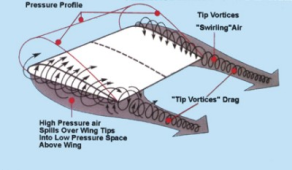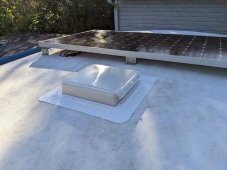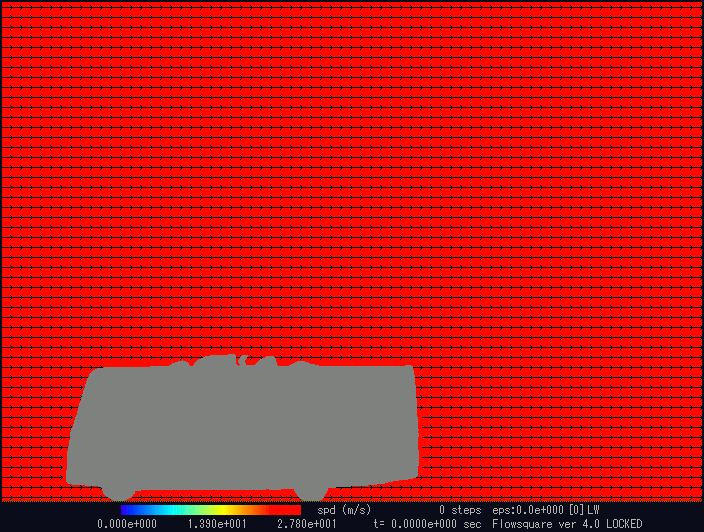eXodus
Solar Addict
- Joined
- Jul 27, 2020
- Messages
- 1,482
Just a entry point to learn a new tool.Yup, hence why I said earlier the blockage ratio should be under 5% (and preferably under 3%).
I would not treat these simulations as anything more than a bit of light comic relief. Do them for fun, but don't expect any actionable intelligence. This really is an area where many years of expertise is required.
I'm mounting the panels with a engineering safety factor of 6. So I use 6x the amount of fasteners as required per spec sheet for a 150mph installation. +Glue
So I'm pretty confident that it will not pull out of the roof decking material of the RV. How good the roof decking is mounted to the structure? Best guess?
I really try to do my due diligence here to building a solid structure and not break something or create a dangerous situation.
The simulation discussion here is really fun










